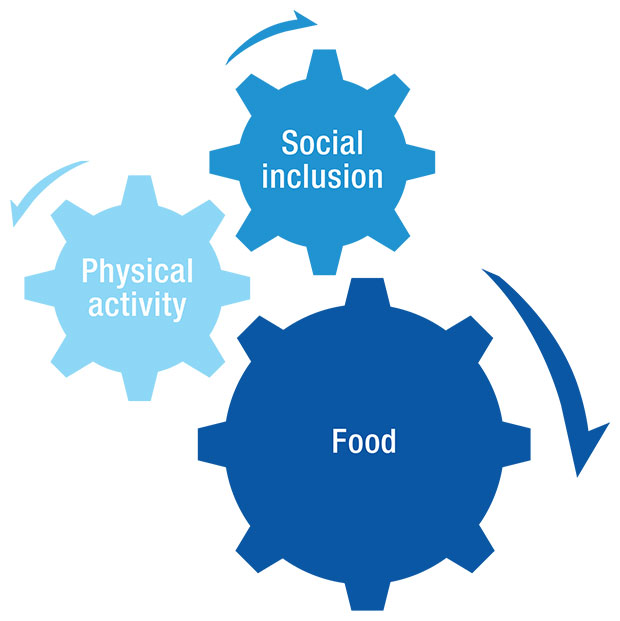Understanding Our Environment
Residents live in a diabetogenic environment
In western Sydney the population, community, local economy and built environment make it difficult for the residents to engage in a healthy lifestyle. There is an urgent need to change the environments in which people live, work and play to address the social determinants of health in Western Sydney.
The most recent data indicates that only 7.1% of Western Sydney residents (NSW 8.4%) are eating the recommended daily intake of vegetables. Compared with other Local Health Districts, Western Sydney rates of physical activity are the lowest in NSW. Much of this is related to the diabetogenic environment in which the residents live.
Change is required to enable the residents to purchase affordable fresh food, to have access to safe areas for physical exercise and to reduce the dependency on car travel in favour of active transport. Such change cannot be elicited through the health sector alone but requires a combined effort from government, community and the private sector.
A multi-sectoral approach is needed to engage decision makers and a united effort required to commit resources to facilitate, educate and motivate the residents to adopt healthier diets and to incorporate physical activity into their daily lives. To generate this community-wide involvement is a major goal of the WSD initiative.
The key drivers of obesity, diabetes and chronic disease epidemic are reduced physical activity, unhealthy food consumption and lack of a socially inclusive environment. These are the key elements to be addressed within the prevention program.

